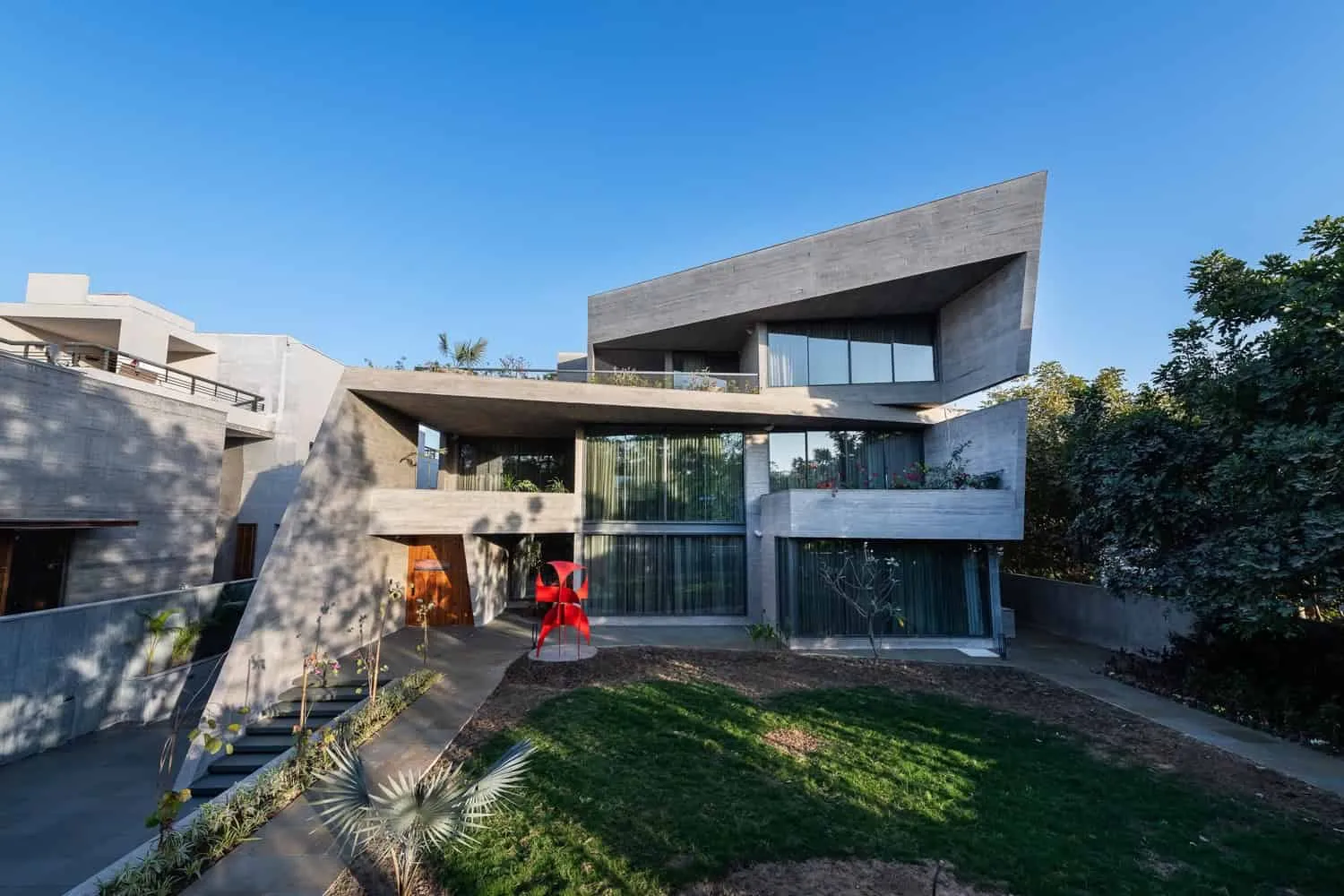There can be your advertisement
300x150
Bridge Loan System: Using a Bridge Loan to Buy Your Dream Home
Purchasing a new home while trying to sell your old one can be a challenging and stressful experience.
A bridge loan can be a practical and convenient solution, giving you the time and resources to make informed decisions.
In this comprehensive guide, we discuss the pros and cons of using a bridge loan, interest rates, fees, and how a bridge loan consultant can help you find the right loan and lender.

Table of Contents
What is a Bridge Loan?
A bridge loan is a short-term financial option designed to help property owners bridge the gap between selling their current property and purchasing a new one.
These loans provide temporary financing that can be used to secure your new property without having to wait for the sale of your existing home.

Convenience and Practicality of Bridge Loans
Bridge loans offer a convenient and practical solution for homebuyers who wish to purchase new property before selling their old one.
With a bridge loan, you can effectively act as a cash buyer, which is an attractive option for sellers since it eliminates the need to wait for mortgage approval. This can give you a competitive edge in the market and increase your chances of securing your dream home.
Additionally, bridge loans have a 12-month term, allowing your old property to realize its full market value without rushing the sale. This extra time can make a crucial difference in getting the best price for your old home.
Pros and Cons of Bridge Loans
Pros
Cons
Interest Rates and Fees
Bridge loans have higher interest rates than traditional mortgages due to their short-term nature and increased risk for lenders. Interest rates can vary depending on the lender, loan amount, and other factors. Despite higher rates, a bridge loan might be worth it if it allows you to secure your dream home and sell the old property for a higher price.
Aside from interest rates, bridge loans usually include an arrangement fee charged by the lender, which can range from 1 to 2% of the loan amount. It's important to consider these additional costs when evaluating a bridge loan.
How to Apply for a Bridge Loan
To apply for a bridge loan, follow these steps:
The Importance of a Bridge Loan Consultant
Working with a bridge loan consultant, such as Clifton Private Finance, can help you navigate the complex world of bridge loans and find a suitable loan and lender for your needs. The consultant will assess your financial situation and requirements, compare loan products, and advise you on the application process. Using their experience and professional connections, a bridge loan consultant can potentially save you time and money while helping avoid costly mistakes.
How Do Bridge Loans Compare to Standard Mortgages?
Bridge Loans
Purpose: Bridge loans are short-term financial options designed to 'bridge' the gap between selling existing property and purchasing a new one. They can also be used for other short-term financial needs such as property renovations or cash flow management.
Term: Bridge loans typically have a term of several months to a maximum of 12 months.
Interest Rates: Interest rates for bridge loans are generally higher than traditional mortgages because they are short-term and carry a higher risk for lenders.
Fees: Bridge loans may include additional fees such as arrangement fees charged by the lender, which can range from 1 to 2% of the loan amount.
Approval Process: The approval process for bridge loans is often faster than traditional mortgages, with funds available within a few business days.
Pros:
- Quick access to funds
- Allows buyers to act as cash buyers
- Provides flexibility in selling existing property
Cons:
- Higher interest rates
- Additional fees
- Risk of not selling existing property within the loan term
Traditional Mortgages
Purpose: Traditional mortgages are long-term financial options used for purchasing residential property.
Term: Mortgage terms can vary significantly, but typically range from 15 to 30 years.
Interest Rates: Interest rates for traditional mortgages are generally lower than bridge loans because they are long-term and considered less risky by lenders.
Fees: Traditional mortgages may include various fees such as application fees, appraisal fees, and legal fees. However, these are typically lower than those associated with bridge loans.
Approval Process: The approval process for traditional mortgages is usually more rigorous and time-consuming compared to bridge loans, as lenders require extensive documentation and credit checks.
Pros:
- Lower interest rates
- Longer repayment terms
- Wide range of loan products and options
Cons:
- Slower approval process
- Might require a larger down payment
- Requires good credit to secure favorable terms
Bridge loans are better suited for short-term financial needs, such as when you need to quickly secure new property before selling existing one.
Traditional mortgages, on the other hand, are designed for long-term real estate financing and typically offer lower interest rates and longer repayment terms. It's important to carefully consider your specific needs and financial situation when deciding which option is best for you.
Conclusion
Bridge loans can be a convenient and practical solution for homebuyers who wish to purchase new property before selling their old one.
While they have higher interest rates and fees, the benefits of securing your dream home and potentially realizing full value from your existing property may outweigh the costs.
Working with a bridge loan consultant can help you find the best loan and lender for your needs, making your transition to a new home as smooth as possible.
However, it's important to consider the risks associated with bridge loans and explore alternative financial options before making a decision.
Bridge loans can be an effective tool for homebuyers under the right circumstances. A full understanding of the process and working with a bridge loan consultant will help you make informed decisions that ultimately allow you to secure your dream home without compromising the value of your current property.
Frequently Asked Questions
What can a bridge loan be used for?
A bridge loan can be used for various purposes, including:
- Purchasing new property before selling current one
- Property renovation or improvement before sale
- Covering short-term cash flow needs
- Preventing property seizure
How long does it take to get a bridge loan?
Bridge loans can be obtained relatively quickly, sometimes within three business days, depending on the lender and your circumstances. However, it's important to plan ahead for sufficient time for the application and approval process.
Can I get a bridge loan with bad credit?
Some lenders may consider applications with poor credit history for a bridge loan, depending on other factors such as property value and your overall financial situation. Consulting with a bridge loan specialist can help find a lender willing to work with your specific circumstances.
How are interest charges calculated on a bridge loan?
Interest on bridge loans can be calculated as follows:
- Monthly: Interest is paid monthly, similar to a traditional mortgage.
- Accrued: Interest is added to the loan balance and paid in full at maturity.
- Deferred: Interest for the entire term is calculated upfront and added to the loan amount, with full payment at maturity.
Are there alternatives to bridge loans?
Alternatives to bridge loans include:
- Home equity loans or lines of credit
- Personal loans
- Mortgage refinancing (transferring an existing mortgage to new property)
Each alternative has its own pros and cons, so it's important to consider your specific needs and financial situation before making a decision.
More articles:
 Concrete Brutal Residence by The Grid Architects in Ahmedabad, India
Concrete Brutal Residence by The Grid Architects in Ahmedabad, India Best Nights, Happy Mornings: Review of the Ablyea Hybrid Mattress
Best Nights, Happy Mornings: Review of the Ablyea Hybrid Mattress Beyond Basic Skills: Talent and Abilities of Roofers
Beyond Basic Skills: Talent and Abilities of Roofers BI Group: From Small Beginnings to Kazakhstan's Largest Holding Company
BI Group: From Small Beginnings to Kazakhstan's Largest Holding Company Venice Biennale Opening Week 2025 at Ocean Space: Architecture at the Edge of Imagination
Venice Biennale Opening Week 2025 at Ocean Space: Architecture at the Edge of Imagination Big Dig House by Single Speed Design in Lexington, USA
Big Dig House by Single Speed Design in Lexington, USA Bionica Villa of Ekaterina Yakovenko in Moscow Region: Where Technology Meets Sculptural Elegance
Bionica Villa of Ekaterina Yakovenko in Moscow Region: Where Technology Meets Sculptural Elegance Biophilic Design — Truly Refreshing Trend in Interior
Biophilic Design — Truly Refreshing Trend in Interior
